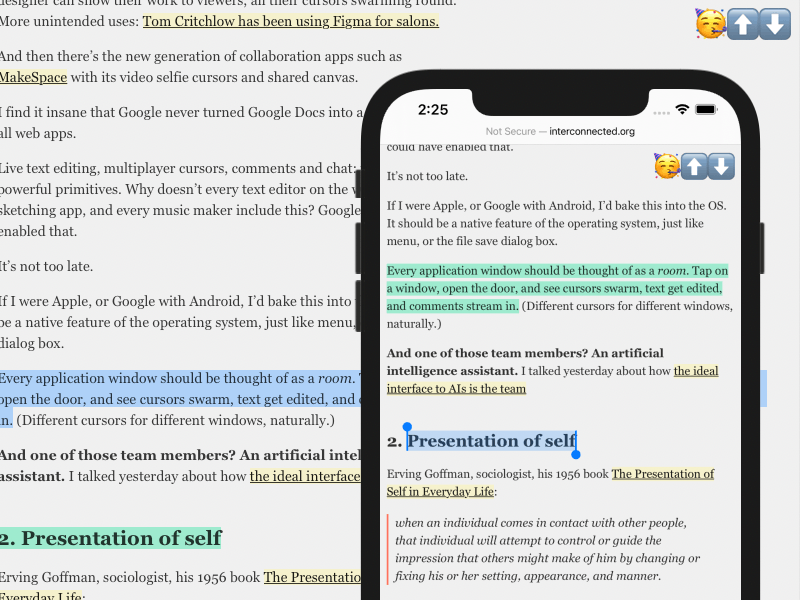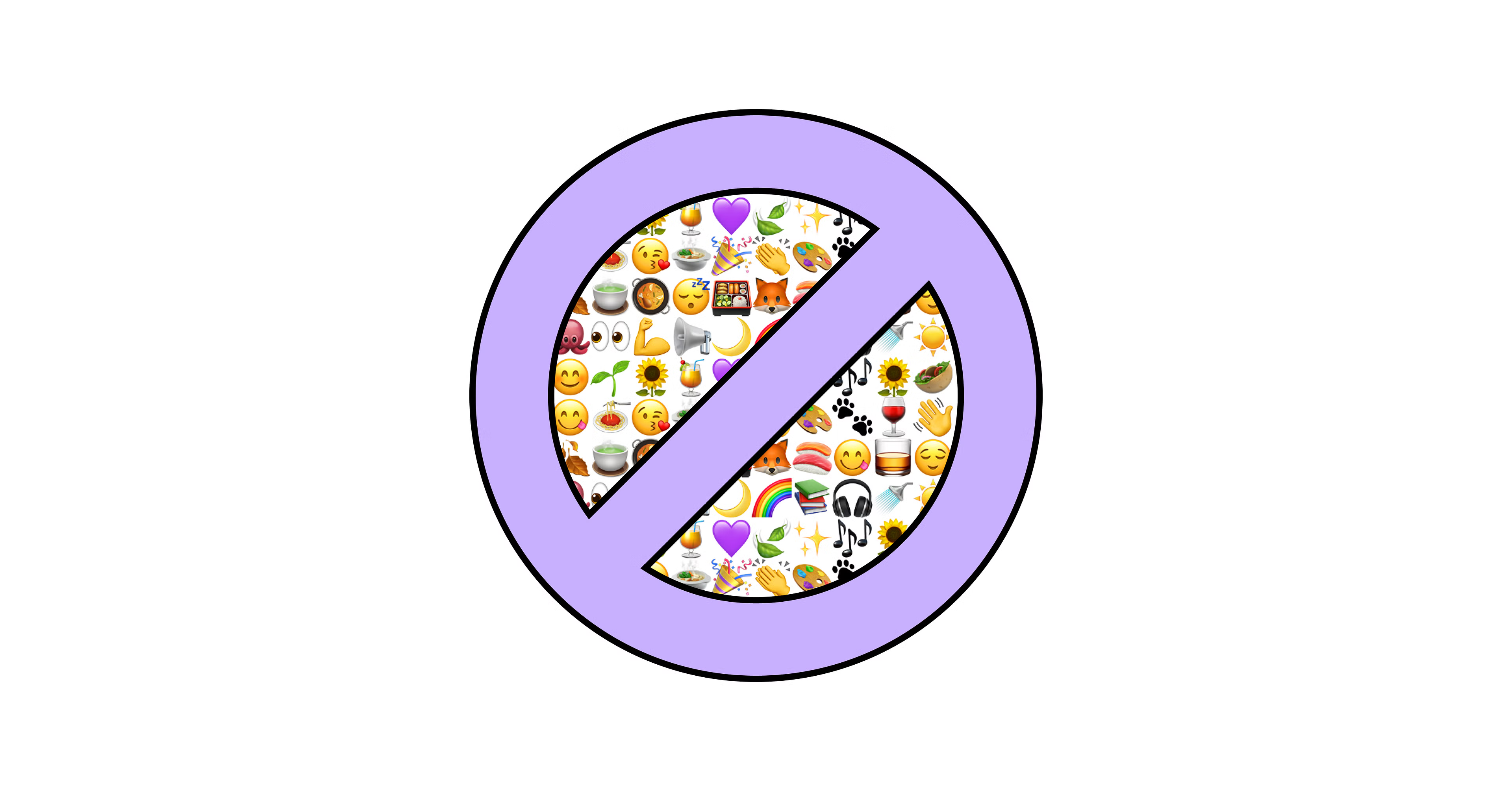Moving from destination-based browsing to shared journeys online
This article originally appeared on my own blog, but with the new features being added to Safari and my experience using the Arc browser recently, these ideas are bubbling up again.
Our current model for the social internet is destination-based. We have to stop what we’re doing, head to a social media app or site, then start sharing and interacting with others. Think of these social media sites as malls and every other website as independent shops and houses in a sprawling suburb. The suburb is quiet. Walking around the neighbourhoods is drab. What few shops exist outside the mall are nowhere near as lively as the mall. You drive to the mall, walk-in, and there are people and sounds everywhere. This comes at the cost of relegating decisions about what shops can open and what activities are allowed, to the mall.
The alternative to this in urban planning is to create cities built around people and walkability. Think of modernist European cities where the streets have a mix of commercial outlets, residential spaces, and parks. As you walk around the streets, people are bustling about. You might stop by a shop where you bump into a friend or you might bask in the anonymity of the big crowd as you walk around.
Like the European city, the internet is bursting with activity. Yet websites continue to feel quiet and isolated, like a suburban street during working hours. Due to growing distrust of big tech companies and a sense of disconnection due to remote work, we have an opportunity to explore possibilities beyond the current social media paradigms.

Letter
Social Presence
The idea of giving a passive sense of activity is not new to the internet at all. We’re all used to it in messaging apps, and it’s called “Status.” Being able to see if your friends are online or offline has been a staple of messaging apps. As they evolved, tools like MSN allowed people to connect their music so others could see what they were listening to.
Online gaming is another avenue that does this, showing you which of your friends are online and what they are playing. Today on many gaming platforms you could even click into the game your friend is playing to join them in a multiplayer session.
We haven’t seen much of this implemented across the web. But a recent blog post I discovered, titled Social Attention, shows how it would work without revealing an ounce of privacy.

The concept by Mark Webb puts a small emoji in the top right corner of his blog. This emoji changes based on a few different conditions based on how “social” the site is at any moment. It’s a smile when someone else is on the site, a grin when you highlight something, and a party hat what others are highlighting content.
What’s remarkable about it is how immediately aware of it you become. During my time using it, the emoji shifted to a party face and a sentence got highlighted before me in real-time. It felt magical and unobtrusive, a critical departure from modern social media.
Google introduced another take on this idea of social presence with their Hot Searches. A gird of animated typing exposes you to the searches done on Google within the last few hours.

As a website, it’s little more than a neat trick. But, once you install it as a screensaver, it becomes an opportunity to discover the diversity of questions asked by people all over the world. It’s a cacophony of life that’s waiting for you every time you return to your idle computer.
There are more commercially-driven motives for showing social activity on a site. Nudgify is one of many such examples that have became popular in e-commerce. These little plugins, called Sales Activity Feeds, add small notification pop-ups on e-commerce sites that show users what others have bought in real-time.

The underlying idea of these feeds is to nudge you into buying something you may not have otherwise noticed in the store. It’s meant to mimic the impact of seeing a specific item purchased by different patrons in a physical store.
I don’t love these e-commerce notifications because they rely on social pressure. But I can’t deny that the first time I saw one, I felt as though the site was buzzing with shoppers. Like the Social Attention idea, it felt a little magical but that gave way to more stressful feelings. The calmer take of Social Attention may not convert as many visitors to buyers in the short-term, but what are the adverse impacts on the long-term? How much of an impact would a calmer take on would have on other aspects of the shop’s success, like brand affinity?
Adding a layer of social presence across the web could enable even more interesting interactions with a simple toggle to a more active mode. Projects like Bridgit and more recently Hypothes.is are attempting to add social annotation to the web in educational contexts. With these tools, students can work together to highlight text and comments directly on a website. An even more involved social layer could allow people to see each others cursors in real-time. That’s what Slav Basharov is trying to do with TBX. Say you are on a site and you see that a friend is online. You could click on them to request a shared view and you immediately start browsing the web together.

Though the ideas of social annotation and live cursor sharing are not new, they often existed in isolation. Sites like Medium have social highlighting and commenting already. Design tools like Figma and other customer support tools have live cursor sharing. But having everything trapped on one platform puts us back in the proverbial suburban mall.
As with any speculative suggestion, it’ll be hard to know how pleasant these will be in daily use. However, the static web with isolated destinations for socializing cannot be the way forward.
New generations of users who grew up on social and interactive games are becoming the primary users of the web. They are going to see our static sprawl of sites and feel the same way many teenagers felt about the suburbs. They will grow bored and abandon the suburbs in search of experiences beyond what the malls can offer. Embedding social presence into the web could be one way we can bring life back to the web and help everyone feel less lonely.













